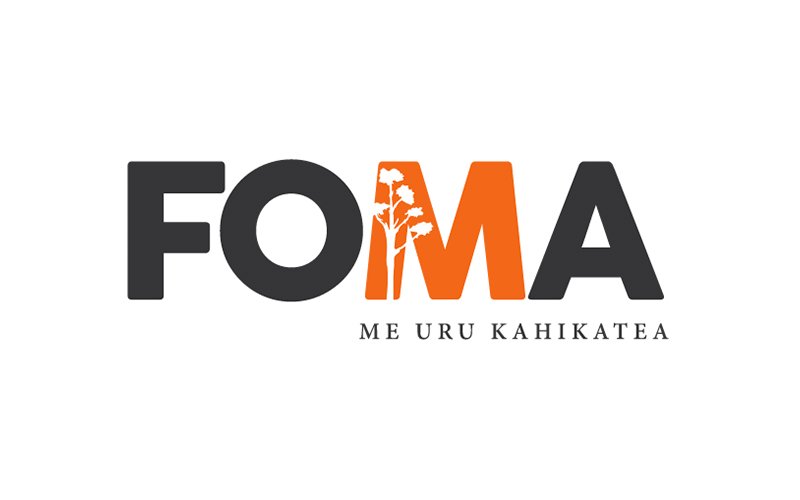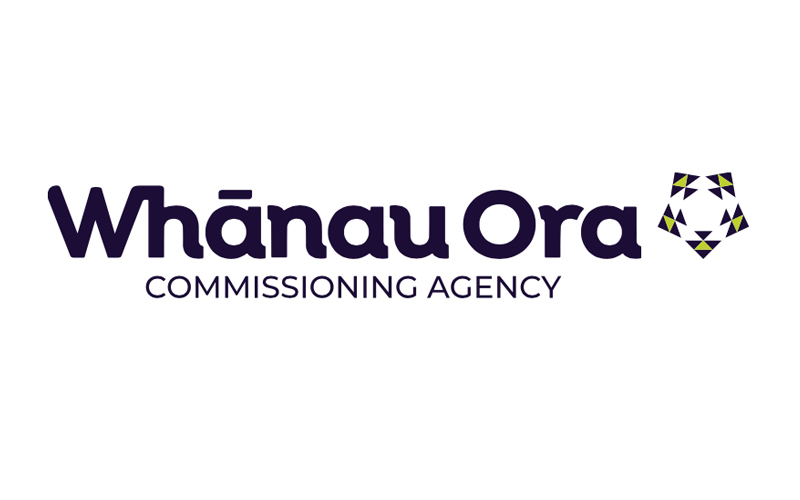Te Taura Whiri: Select Committee Review Report
- This month the Māori Affairs Select Committee released their report on their recent engagement with Te Taura Whiri i te Reo Māori (TTWh) / the Māori Language Commission on their Annual Report 2022/23. No typo, that is they reviewed the Commission’s report to June 2023, over a year later. Given the lack of timeliness, the first question is why bother. That said, it’s a short report with some points of note listed below.
- TTWh received a good audit rating, despite running a financial deficit, – with the Committee being told they were just running down surplus reserves so no financial issues to worry about (i.e. no they will not be broke by 2027). But then despite excess reserves TTWh suggested they needed a bigger budget. For what? – apparently to do ‘infrastructure projects’ like building new kura, which is a function of the Ministry of Education.
(Tip for officials appearing before Select Committee, yes ask for more funding, its generally expected, but know what you want it for to avoid looking like you are making something up on the go.)
- TTWh advised the Committee they should lead Te Reo policy work – because they said their tuakana agency (Te Puni Kōkiri) had not been able to develop Reo Māori policy. Hardly a way to win friends and influence people.
(Second tip for officials appearing before Select Committee – avoid running down your monitoring agency without hard evidence readily on hand. In this case the obvious question presents – so what prevents TTWh from preparing a report to Parliament on Te Reo policy right now? Answer, nothing. Except themselves.)
- The Committee also notes they heard about Te Wiki o Te Reo, connections to Pacific languages, funding cuts to Whakaata Māori, private sector relationships and more.
- Last on this topic, it appears from the report that what was not discussed was whether Te Taura Whiri i te Reo is still needed at all; or whether Te Matawai could do their functions; and with that deeper question as to why should a Crown entity be in charge of defining Te Reo Māori, and also determining who is proficient or not.
- We don’t want to sound too radical here, but why can’t the Government trust Māori to define the Māori language? Certainty the last administration was too coy to address this matter of having two Māori language commissions, but they favour a larger state presence all-round – hence perhaps this is actually an area where the present Government can make a positive contribution toward Māori self-determination. To us the policy logic is strong, its just a question of which Minister for Māori Development is willing to get on with it.
Benefit Factsheets and Social Housing Data Released
- The Ministry of Social Development (MSD) has released benefit factsheets to 30 September 2024. We’ve collated information from across these excel sheets and as the table below shows, circa 144,000 tangata Māori, and their household whānau, are reliant on some level of benefit support. This is circa 4,000 tangata Māori more than last quarter. Nearly all of the rise reflects an increase in the number of people on the job seeker benefit: i.e. rising Māori unemployment.
- The trend for over half of people on the sole parent benefit is also continuing. Because work options are limited when raising children, it is these whānau that are often most vulnerable, with high correlations to poverty index measures shown in other MSD research. The benefit data, however, remains based on counts of individuals. We do not know how many tamariki are in these households, or how long whānau are reliant on benefit support. (Short term bridging reliance is a whole difference ballgame than long-term reliance or one-year or more.)
| Māori Beneficiary Statistics – Quarter to 30 September 2024 | ||||
| Benefit recipients | Jobseeker Support | Sole Parent Support | Supported Living | Total of main benefits |
| Number of Māori recipients | 77,070 | 37,683 | 27,948 | 144,216
|
| Percentage of recipients who are Māori | 40.1% | 50.7% | 28.9% | 39.3% |
| Percentage of total Māori adults (18 –64 yrs) receiving a benefit[1] | 15.4% | 7.5% | 5.6% | 28.7% |
Suicide Data Released
- This week the Office of the Chief Coroner released annual provisional suicide statistics, for the year to 30 June. In this period 617 people died via suspected suicide, of whom 143 were tangata Māori. For Māori this reflects a rate of 16.3 per 100,000, higher than the average NZ rate of 11.2 per 100,000. The Māori rate has been consistent at this level since 2021.
FINAL-Provisional-Suicide-Statistics-release-2024.pdf
School Absenteeism Report Released
- The Education Review Office has released a report on ‘chronic absenteeism’ from schooling (students who missed at least three of ten weeks in the second school term this year). They find there were 80,000 such students absent from school that much (one in ten learners), and that the rate has doubled in secondary schools and tripled in primary schools since 2015. The report also shows that the Māori rate is disproportionately higher at 18%.
- We estimate then they are talking about circa 40,000 tamariki Māori missing a third of their schooling that term. The Office also makes data links with social housing and youth offending showing correlations with school absenteeism, and finds school success is likely to be much lower, and ultimately concludes that:
“chronically absent has large individual costs in terms of income, health, and social outcomes. The poor outcomes of young adults who were chronically absent from school also pose a sizeable cost to the Government. At age 23, young adults who were chronically absent cost $4,000 more than other young people. They are particularly costly in corrections, hospital admissions, and receiving benefits.” (page 3).
- Worse, the report highlights many gaps in services designed to prevent absenteeism, including that the Attendance Service is not well set up to enforce attendance, and that schools and the service often do not share information or work together well. Clearly much room for improvement.
Left behind: How do we get our chronically absent students back to school?
Housing Data
- The Minister responsible for social housing, Tama Potaka, has released a statement indicating that:
“the total number of households living in emergency housing motels has reduced by 62 per cent under our Government – from 3,141 in December last year to 1,179 at the end of September…
“about 80 per cent of those leaving emergency housing go into some form of social, transitional or private housing because of support they receive. We don’t have data on the remaining people because they are no longer accessing government housing supports administered by the Ministry of Social Development – however support remains available should they need it again.”
- On the surface that all reads positivity to us, and we look forward to seeing a fuller report on this matter. Meanwhile we note the Ministry of Social Development has released its excel sheet on people waiting for social housing, updated to 30 September, which shows there are circa 10,000 tangata Māori and their whānau on the waitlist: which is about half (47%) of the total number of people waiting. That data suggests Māori continue to experience disparities in the housing sector.
1,452 children into better homes from emergency housing | Beehive.govt.nz
Housing Register – Ministry of Social Development
Appointments and Awards
- Deputy Police Commissioner Tania Kura has been appointed as interim Police Commissioner. She is the first wāhine Māori to hold this role.
- Richard Prebble and Ken Williamson have both been appointed to the Waitangi Tribunal. Kevin Prime has been reappointed.
There has been political comment as to whether Richard Prebble is a suitable choice for this Tribunal with Labour Party spokesperson, Willie Jackson, saying the appointment was ‘a kick in the guts’.
In our view these two appointments do raise issues around the importance of ensuring members of formal commissions of inquiry (which is what the Waitangi Tribunal is) have a level of bipartisan support and respect – which is obviously not the case for Mr Prebble. Perhaps then our appointment system needs some refinement to address this, regardless as to who is in Government.
Further, in our view, given Mr Prebble’s past comments specifically against settling historic Treaty claims, some clarification of his ability to fulfil the functions of this office is warranted. I.e. does he maintain an open-mind necessary to sit on Tribunal panels?
We also consider there are questions to answer around the suitability of Mr Williamson too, given he has no demonstrated professional competences in fields such as history, Māori Crown relations, and the like which might be relevant to the business of the Waitangi Tribunal (his background is in insurance). This is heightened as Mr Williamson is a successful Hamilton businessperson, and the appointing Minister, Tama Potaka, is the Member of Parliament for Hamilton West. I.e. it is important to explain the merits behind Mr Williamson’s appointment to avoid anyone jumping to a conclusion that it might be due to any reason other than having competencies required by the Waitangi Tribunal.
[1] Estimated Māori population aged 18-64 years is 501,300 (Statistics New Zealand).


